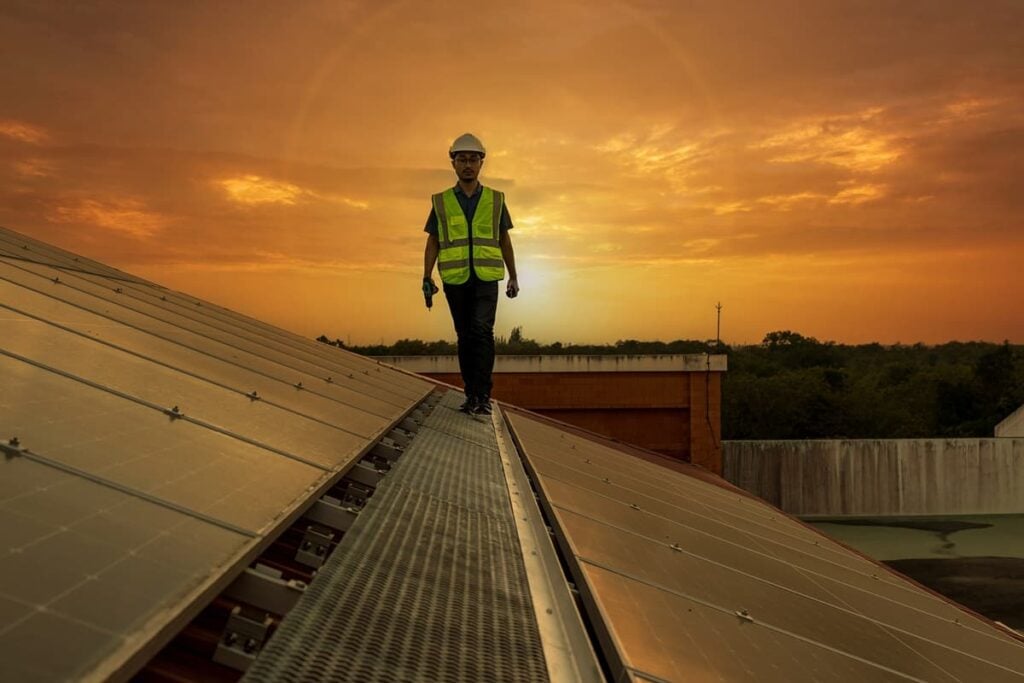Dyesol Supplies Dye Solar Cell Materials
Table of contents
Table of contents

In a previous article titled “Building Solar Cells with Oxford Photovoltaics” we discussed how dye-sensitized solar cells could be used to create economically viable solar windows. In this article, we talked about Professor Michael Gratzel, the solar pioneer who invented dye sensitized solar cells which won him the 2010 Millenium Technology Grand Prize. One publicly traded company that Professor Gratzel resides as the Technology Advisory Board Chairman is Australian based Dyesol (ASX:DYE)
About Dyesol
Dyesol’s stated vision is to be the world’s leading supplier of Dye Solar Cell (DSC) input materials (dyes, pastes, electrolytes) and technology. The Company was formed in 2004 and listed on the Australian exchange (ASX) in 2005 under the ticker DYE and also began trading on the US over the counter (OTC) market in 2012 under the ticker DYSOY. Over the past 5 years the Company’s returns have been dismal incurring a loss of around -63%:

With a current market cap of about $72 million, the Company employs around 60 staff and consultants worldwide.
Business Model
The business model is described as “capital light” in which they focus on three things:
- Licensing their intellectual property to manufacturing partners
- Developing their own internal patent portfolio
- Establishing exclusive materials supply agreements
The company’s website has a fully functioning storefront through which one may purchase the following materials:
| Dyes |
| Ligands & Dye Additives |
| Titania & Platinum Pastes |
| Electrolytes |
| Silver Inks |
| Glass Substrates |
| Sealants |
Partnerships
Dyesol’s major partnerships are with Tata Steel for enabling steel wall/roof applications, Merk for the co-development of electrolytes for use in DSC, Timo Technologies for developing glass products in Korea, and Pilkinton for developing glass building facades. Key research partners are the Ecole Polytechnique Federale de Lausanne (EPFL) where Professor Graetzel currently performs research and the Nanyang Technological University with which Graetzel has close ties.
Financials
The preliminary 2013 annual financial report for Dyesol was filed just three days ago and gives some insight into the current financial state of the company. Some items to note are as follows with all numbers in USD:
- The sale of goods in 2013 fell by 42% to $861 thousand. Total income for 2013 fell by 40% to $1.77 million.
- The company received government grant income in 2013 of $712 thousand. Grant income represented 40% and 39% of 2013 and 2012 total income respectively
- The company received yearly R&D Tax Rebates which totaled $2.55 million for fiscal 2013
- Losses for 2013 were $8.5 million with a total deficit at the end of fiscal 2013 of around $67 million
- Cash reserves at the end of fiscal 2013 were $4.68 million
For the Company to continue to have their financial statements prepared on a going concern basis, they will need to secure further funding soon. The Company expects future R&D tax rebates similar to the one listed above and has also submitted an application to the Australian government for $6.3 million in funding over three years. Perhaps the most promising funding opportunity is a $14.4 million investment option granted to Tasnee, the Saudi investors who recently injected $3.6 million into Dyesol. This option expires September 14th so news should be shortly released as to whether or not this funding option comes to fruition.
Conclusion
Dyesol has seemingly strong partnerships in place however everything centers around funding going forward. The company states that their Pilkington joint venture is now seeking a new round of funding to move forward and progress is slow. With sales of materials significantly decreasing in 2013, the company will need to raise funding soon just to survive let alone fund growth. R&D requires significant funding so it remains to be seen how much potential Dyesol has in further developing their own IP portfolio until funding is secured. Dye sensitized solar cells have a great deal of potential and it seems like if Dyesol can survive long enough until DSCs become widely adopted they could enjoy the benefits of being the largest key supplier of materials in that space.
Sign up to our newsletter to get more of our great research delivered straight to your inbox!
Nanalyze Weekly includes useful insights written by our team of underpaid MBAs, research on new disruptive technology stocks flying under the radar, and summaries of our recent research. Always 100% free.















